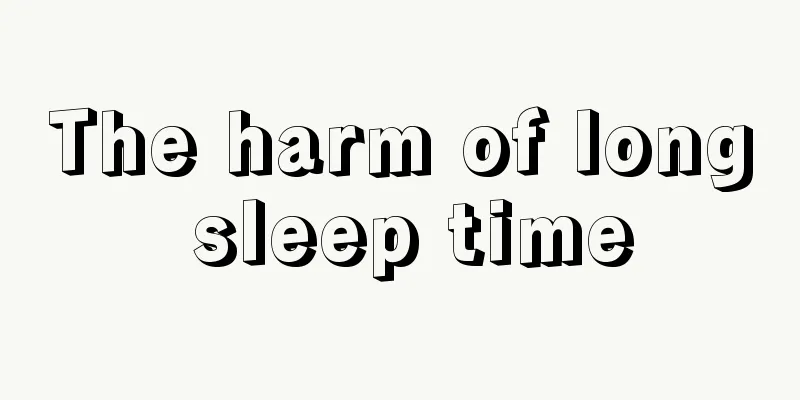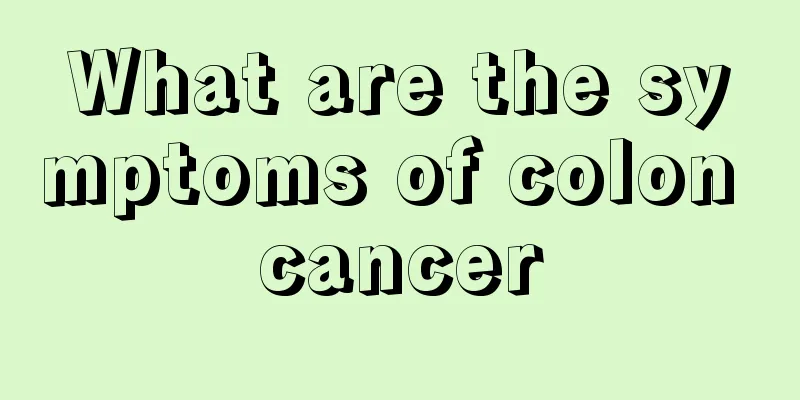The difference between cerebral embolism and cerebral infarction

|
Cerebral embolism and cerebral infarction are two diseases that pose a great threat to patients. If you don't pay more attention, they will directly threaten the patient's life safety. In my country, many patients lose their lives every year. In order to effectively control and treat these two diseases, we must first distinguish them to avoid confusion, which will affect the treatment effect. So what are the differences between cerebral embolism and cerebral infarction? First, the difference between cerebral embolism and cerebral infarction. Cerebral hemorrhage is a dangerous disease with a high mortality rate, but as long as you get through it, the sequelae are mild; cerebral infarction develops slowly and has a low mortality rate, but it often leaves sequelae. Their pathogenesis is different. Cerebral hemorrhage occurs when a cerebral blood vessel ruptures, causing blood to flow into the surrounding brain tissue. On the one hand, this increases the intracranial pressure; on the other hand, the brain cells supplied by the ruptured blood vessels will die from ischemia and hypoxia due to lack of blood supply. Patients generally have a history of hypertension, which often occurs when they are excited. For example, some patients are giving a speech with spit flying everywhere, and suddenly they fall to the ground and die. Some patients even fell down after drinking a lot of alcohol while having the New Year's Eve dinner. These are all due to emotional excitement, which causes a sharp rise in blood pressure and leads to blood vessel rupture. Therefore, patients with hypertension must not be extremely happy or sad, and must not engage in excessive physical labor. Cerebral thrombosis is the formation of blood clots within the cerebral blood vessels, which block the blood vessels and cause the brain cells supplied by them to die from ischemia and hypoxia. Because arteriosclerosis can make the blood vessel walls uneven and not smooth, blood components can easily settle and form blood clots. People with high blood viscosity have slow blood flow, and the contents of the blood can easily settle and form blood clots. Second, arteriosclerosis and high blood viscosity are both high-risk factors for cerebral thrombosis. Although cerebral embolism is also caused by thrombi blocking cerebral blood vessels, the thrombi come from other places. For example, patients with atrial fibrillation often have blood clots in their hearts. If the blood clots break off, they may flow into the brain through the bloodstream and block the cerebral blood vessels. It can be seen that cerebral thrombosis is a "local product" and cerebral embolism is an "imported product". Third, they behave differently. Hemiplegia is their common symptom. Because no matter what the reason, it will eventually lead to the death of brain cells due to blood supply obstruction. However, patients with cerebral hemorrhage have an acute onset of disease, often accompanied by severe headaches and vomiting. For patients with cerebral embolism, the onset of disease is relatively acute because the embolus also breaks off suddenly, but they generally do not have symptoms such as headache and vomiting. The onset of cerebral thrombosis is relatively slow. Most patients experience hemiplegia when they wake up the next day after a night's sleep. They usually do not have symptoms such as headache or vomiting. The difference between cerebral embolism and cerebral infarction is that the prognosis is different. Cerebral hemorrhage is very dangerous and the patient may easily develop brain herniation and die. However, as long as timely treatment is given and the patient passes the critical period safely, the sequelae will be relatively mild. As the saying goes, "If you survive a great disaster, there will be blessings in the future." Cerebral thrombosis and cerebral embolism are different. Although the mortality rate is low, the possibility of sequelae is high and the disability rate is high. Fourth, the treatment is different. The main treatments for cerebral hemorrhage are hemostasis, dehydration (to prevent brain herniation) and lowering blood pressure. For cerebral thrombosis and cerebral embolism, the main treatments are thrombolysis, fibrinogen reduction, anticoagulation and antiplatelet aggregation. The key to treatment is early, the earlier the better, especially not more than 6 hours. |
<<: The difference between igm and igg
>>: What is the difference between vaginal ultrasound and color Doppler ultrasound
Recommend
What should you pay attention to in your daily life with renal hamartoma
Although renal hamartoma disease is not very seri...
What exactly is hyaluronic acid
Women may see ingredients like hyaluronic acid in...
What are some self-treatment methods for depression?
Depression is a psychological disease. For most p...
How to prevent the high incidence of lung cancer? To prevent lung cancer, we must start from these 4 aspects
The lungs are very important respiratory organs i...
Can lips be made smaller
Everyone is more or less dissatisfied with their ...
What can I use to remove oil stains from clothes?
Whether eating Western food or Chinese food, many...
How do calf fibroma occur
What causes calf fibroma? The causes of calf fibr...
Which hospital is good for treating fibroids
Which hospital is good for treating fibroids? Wit...
Should kidney-tonifying Chinese medicine be taken before or after meals?
Maybe many of our friends, especially some male f...
What is the reason for excessive sweating on the head
If your head is always sweating, you should pay a...
How to choose a fibroid hospital
How to choose a fibroid hospital? Choosing a hosp...
What foods can't be eaten by lymphoma patients
Lymphoma is a highly malignant tumor, so once the...
What's the matter with the thick white skin on the soles of my feet?
The health of the feet is very important for peop...
Does hawthorn slices stimulate appetite?
I don’t know if you have ever eaten hawthorn slic...
What is the difference between refrigeration and freezing
Everyone has a refrigerator at home. We all know ...









